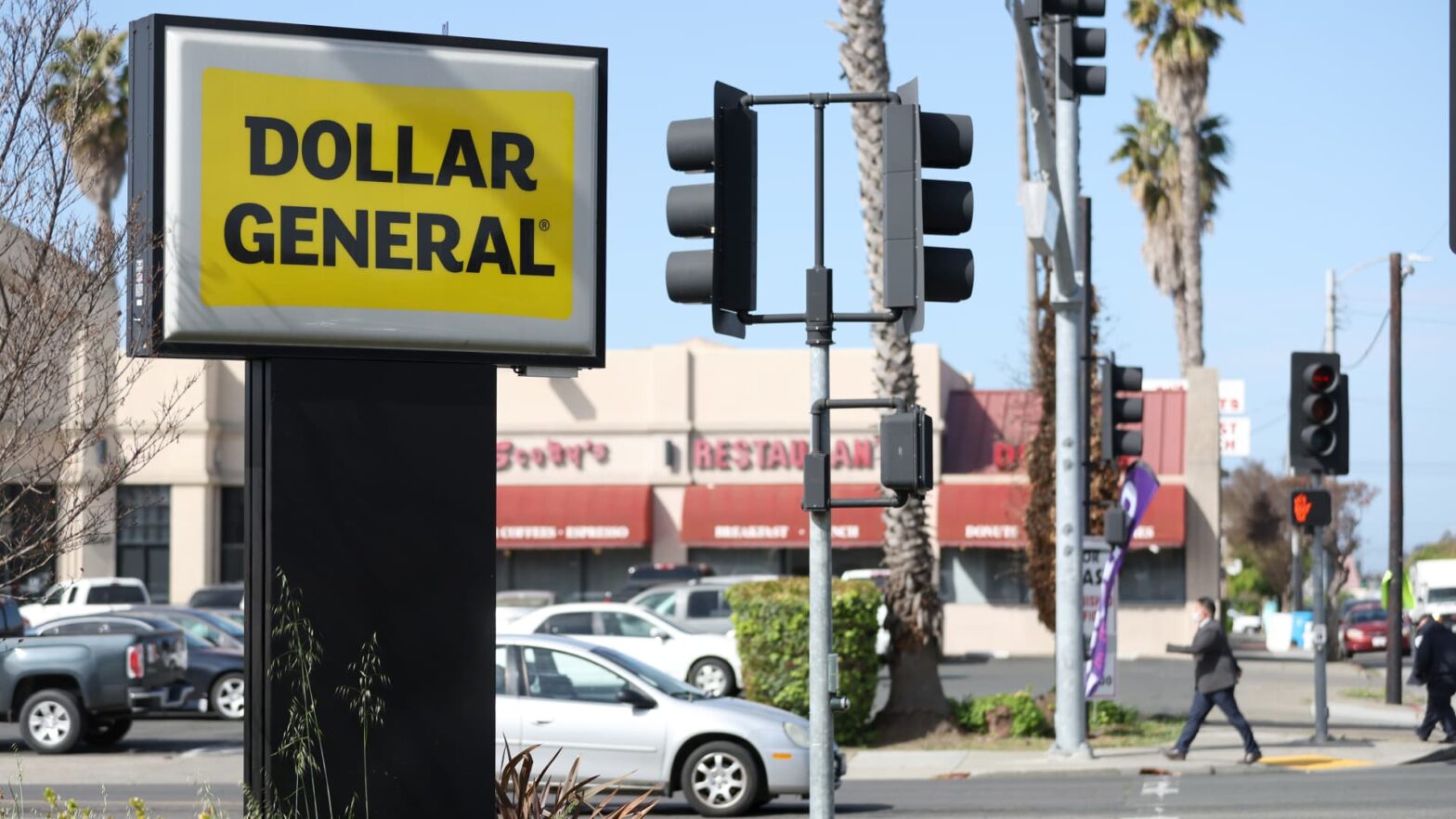Summer is in full swing. June can be a great time of the year. It’s time to go to the beach, catch some rays and unwind. But if you’ve got F-rated stocks to sell in your portfolio, June won’t be fun for you at all unless you take some swift action.
Historically, June isn’t a great month for the stock market. On average, the stock market has been flat during June – a far cry from November, December and April, when the market does better.
That’s not to say you need to empty your portfolio this month, selling all your stock is never a good strategy. But it never hurts to evaluate your portfolio quickly and weed out those names that are most likely to underperform.
I suggest using the Portfolio Grader, a free tool that rates stocks on an “A” through “F” scale based on various metrics, such as earnings performance, momentum, analyst sentiment and qualitative factors.
Using the Portfolio Grader, you can more easily determine what F-rated stocks to sell this month. And you can give yourself a better opportunity to avoid the summer doldrums.
Here are seven F-rated stocks to sell now.
Nikola (NLKA)
Nikola (NASDAQ:NKLA) is a return entry on this list. It also made my list of F-rated stocks to sell in May. Nikola lost 29% over the last month, and I’m not expecting a reversal of fortune now.
Nikola is an electric vehicle company that makes hydrogen-electric trucks and heavy-duty vehicles. Earnings for the first quarter missed analysts’ estimates. Nikola reported $11.12 million in revenue, while analysts expected $12.35 million. Nikola also reported an EPS loss of 26 cents per share.
Nikola is having a hard time delivering and moving vehicles. It could only produce 63 of its Tre battery electric trucks in the first quarter and delivered only 31 to dealers.
Now facing a delisting threat from Nasdaq for failing to keep the stock priced over $1, Nikola called a June 6 shareholder vote to seek permission to share more shares to raise money. Could a reverse split be far behind?
I wouldn’t stick around to find out. NKLA stock has an “F” rating in the Portfolio Grader.
Mullen Automotive (MULN)
Mullen Automotive (NASDAQ:MULN) is another EV maker struggling – in fact; it’s already gone the reverse stock split route. Mullen executed a 1-for-25 split on May 4 to drive the stock price over $1 per share again and get back into Nasdaq compliance.
But did it work? Not for long.
Already the MULN stock price is down below $1 again. But the split also resulted in the company’s share price dropping lower than its authorized count.
That opens the door for rounds of heavy dilution from selling new shares and converting previously issued convertible shares.
So the result is that the stock is in a weaker position than it started, and it’s still not compliant with Nasdaq.
MULN stock lost another $1.30 per share with no revenue in its last earnings report. It has an “F” rating in the Portfolio Grader.
Lordstown Motors (RIDE)
This has not been a good year for many EV companies, so a third such name tops our list of F-rated stocks to sell.
Lordstown Motors (NASDAQ:RIDE) executed a 1-for-15 stock split in May to prop up its fading price. And while prices are now up to $3.40 per share (at this writing), RIDE stock is down 20% since the split went into effect.
Stock splits are rarely, if ever, an effective strategy.
Lordstown is only four years old. It was formed in 2019 to capitalize on EV interest by making and selling electric pickup trucks. Management envisioned making inroads into commercial use and developing pickup trucks for fleet use.
It hasn’t worked out that way at all. Lordstown announced in May that it planned to end production of its Endurance pickup because it was running out of cash and needed to find new capital.
The reverse stock split should appease investors and salvage the company’s funding deal with Foxconn, a Taiwanese manufacturer. Foxconn had bought 10% of Lordstown’s common stock for $47.3 million. But Foxconn says Lordstown is in breach of its agreement because the stock price fell below $1.
Lordstown is a mess right now, and RIDE stock is well-deserving of its “F” rating in the Portfolio Grader.
Astra Space (ASTR)
You can find F-rated stocks to sell in places other than EVs. You can look to outer space to find them as well.
Astra Space (NASDAQ:ASTR) is a company that’s specializing in the development and launch of satellites into space. Satellites are crucial in many functions, including weather monitoring, scientific research, military applications, communication and navigation.
It’s a heady business to be in, and for many investors, I’m sure it’s pretty exciting to invest in an industry that can be at the forefront of exploration. The idea of outer space—even the small area surrounding our globe—can be pretty exciting.
But profitable? Perhaps not.
Astra Space stock is down below 40 cents per share after losing 47% of its value since mid-February. The company didn’t report revenue for the first quarter, losing $44.89 million.
The company made a strategic shift late last year, laying off 16% of its workforce and announcing a switching focus to electric thrusters and a new launch vehicle. But that hasn’t mollified investors, who continue to avoid the stock.
They’ve got the right idea. ASTR stock has an “F” rating in the Portfolio Grader.
Ideanomics (IDEX)
Ideanomics (NASDAQ:IDEX) is another company that’s involved in the EV space. It got some attention in 2020 and 2021 during the meme stock heyday, but today you can pick up shares of IDEX stock for less than a nickel.
The early-stage EV company’s not on sound financial footing. Losses for last year were $282.1 million, and it had only $21.9 million in cash by Dec. 31. It can’t afford another year with those numbers.
There’s no telling if things got better or worse in the first quarter because Ideanomics has failed to file a Q1 report. On May 19, the company disclosed that it received a notice of noncompliance from Nasdaq because it could not file its 10-Q notice by the end of the first quarter.
IDEX stock is down 75% this year, getting an “F” rating in the Portfolio Grader.
Novavax (NVAX)
I’ve been skeptical about Novavax (NASDAQ:NVAX) for a while now. While the company and its investors had high hopes that it would develop and market a coronavirus vaccine in the U.S., it missed its window because it couldn’t get the regulatory approvals needed until October 2022.
Granted, it’s still pitching. Novavax got approval from a European Union agency in May for its Nuvaxovid protein-based Covid-19 vaccine. That opens the door for the EU to consider full authorization for the vaccine in adults.
But at this point, it’s way too little, way too late. Novavax seems unlikely ever to recoup the money it spent on Covid-19 vaccine research. The stock once traded for more than $250 per share is now less than $10.
First-quarter earnings missed on revenue, with Novavax reporting $80.95 million in revenue and an EPS loss of $3.41. Analysts were expecting $87.61 million in revenue and an EPS loss of $3.46.
NVAX stock has an “F” rating in the Portfolio Grader.
Tattooed Chef (TTCF)
Tattooed Chef (NASDAQ:TTCF) is a plant-based food company that offers vegan, gluten-free, vegetarian, soy-free, grain-free and organic offerings.
While it became a publicly traded company in 2020 following a SPAC blank-check merger, things haven’t been so rosy in recent quarters. Tattooed Chef couldn’t release its annual report in March, which triggered a stock sell-off. And in April, it got a notification from Nasdaq that it was out of compliance.
Shares slid below $1 nearly a month ago and currently trade for just over 50 cents. That’s a drop of 55% so far this year.
Earnings for the first quarter included revenue of $59.09 million, a drop of 12.7% from a year ago. TTCF reported a loss of 23 cents per share in EPS.
It’s enough to give investors indigestion. TTCF has an “F” rating in the Portfolio Grader.
On the date of publication, neither Louis Navellier nor the InvestorPlace Research Staff member primarily responsible for this article held (either directly or indirectly) any positions in the securities mentioned in this article.
















